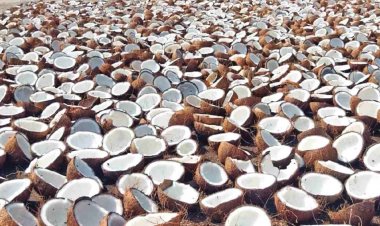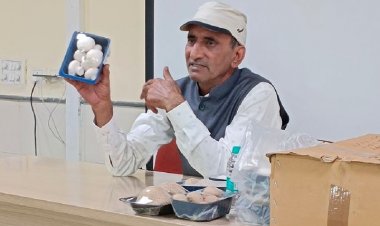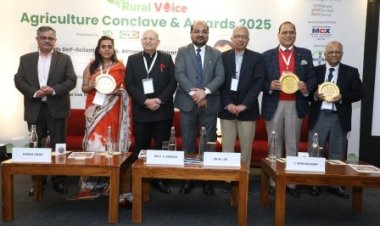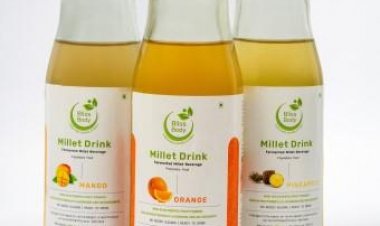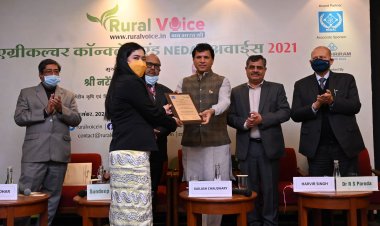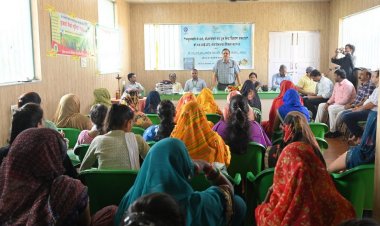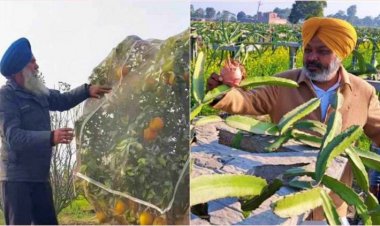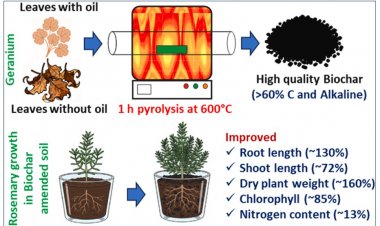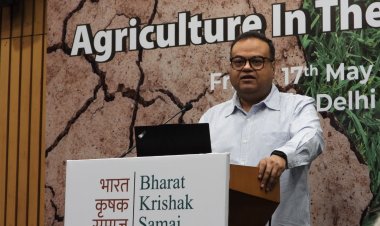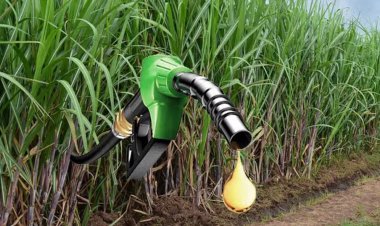Demand for pulses projected to increase to 32.64mn tonnes in 2029-30
If we look at the overall yield of pulses, it went up from 786 kg/ha in 2016-17 to 885 kg/ha in 2020-21. It is estimated at 888 kg/ha in 2021-22.
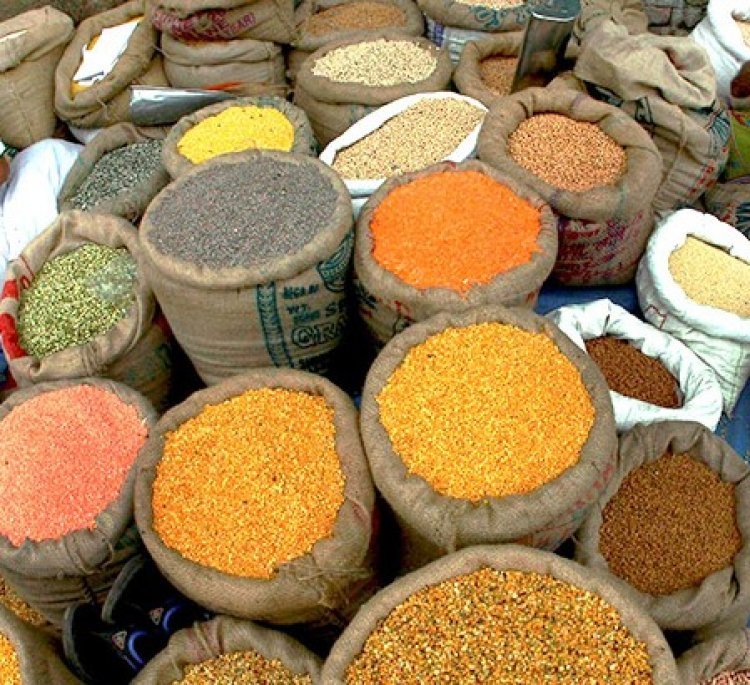
The demand for pulses is projected to increase from 26.72mn tonnes in 2021-22 to 32.64mn tonnes in 2029-30. The estimated production of pulses in 2021-22 as per the Department of Agriculture and Farmers’ Welfare (DA&FW) is 26.96mn tonnes. Union Minister of State for Consumer Affairs, Food and Public Distribution Ashwini Kumar Choubey informed this in a written reply to a question in Lok Sabha on March 23. The demand projection is as per the report of Working Group constituted by NITI Aayog on Demand and Supply Projections Towards 2033 – Crops, Livestock and Agricultural Inputs (February 2018).
As far as the yield of pulses is concerned, there has not been much difference in the yield of tur (arhar) over recent years. The yield of tur was 913 kilogram/hectare (kg/ha) in 2016-17, which reduced to 729 kg/hectare in 2018-19. In 2020-21, however, it was again back to 914 kg/ha. However, the yield of grams has gone up. The yield of grams was 974 kg/ha in 2016-17, which went up to 1192 kg/ha in 2020-21.
The total yield of urad went down from 632 kg/ha in 2016-17 to 538 kg in 2020-21. The yield of moong went up from 500 kg/ha to 601 kg/ha during the same period. The yield of lentil also went up from 838 kg/ha to 1,017 kg/ha during the same period. If we look at the overall yield of pulses, it went up from 786 kg/ha in 2016-17 to 885 kg/ha in 2020-21. It is estimated at 888 kg/ha in 2021-22.
The DA&FW implements the National Food Security Mission (NFSM), a Centrally Sponsored Scheme that aims at increasing production of rice, wheat, pulses, coarse cereals and nutri-cereals through area expansion and productivity enhancement in the identified districts of the country, improving soil fertility, and farm-level productivity, besides transfer of technology through demonstrations and training, incentives on critical inputs like quality seeds, water-saving devices, farm equipment, machinery etc.



 Join the RuralVoice whatsapp group
Join the RuralVoice whatsapp group


















